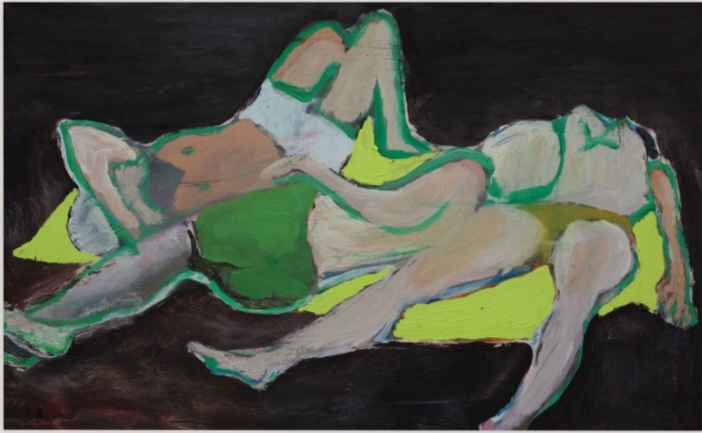
In the ever-evolving landscape of contemporary and modern art, we come across certain works that stand as more then aesthetic objects. The four works we are discussing can be a great addition to your collection.
Engaging them, they easily become mirrors, provocations, and timestamps of human intent. To own or not to own them, is never quite the question because everyone would want them in their private spaces, to continue to engage with, as an initial encounter is never quite enough. I mean the stories that pulse beneath their surfaces is ever beckoning.20
Ai Weiwei, Henri de Toulouse-Lautrec, Jonathan Wateridge, and Haegue Yang each offer, through their art, an intimate portal into the radical energies of their respective times. Their works — Masks with Middle Finger (2020), Etudes de Têtes de Chevaux; Cavaliers Uhlan (verso), Three Figures Study (2021), and Non Profit 05 - Trustworthy 181 — speak across centuries of resistance, reinvention, and reflection.
Ai Weiwei’s Masks with Middle Finger
Few contemporary artists embody the fusion of politics and art as resolutely as Ai Weiwei. His Masks with Middle Finger (2020) emerged in the wake of the global pandemic. A period when the simple act of covering one’s face became both a civic responsibility and a symbolism for silence. By emblazoning his now-iconic “middle finger” motif across protective masks, Ai transforms a symbol of defiance into a wearable critique. The work recalls his earlier series of photographs where he raised the same gesture to global monuments ofpower — from Tiananmen Square to the Eiffel Tower — reaffirming his position as one of the most fearless voices in art’s moral theatre.
Masks with Middle Finger is a piece of twenty-first-century resistance, an editioned work that continues to gain traction among collectors attuned to socio-political art. Beyond its market resonance, it stands as an emblem of courage and irony in the face of control.

Ai Weiwei, Mask with Middle Finger, 2020
Henri de Toulouse-Lautrec’s Etudes de Têtes de Chevaux; Cavaliers Uhlan (verso)
Henri de Toulouse-Lautrec, the painter of Parisian nightlife was also a master draftsman whose sketches captured humanity in all its fleeting motion. Etudes de Têtes de Chevaux; Cavaliers Uhlan (verso) reveals Lautrec’s restless eye. He was an artist who beneath the glow of cabaret lights, studied anatomy and gesture with the devotion of a scientist.
The drawing of Uhlan cavalry riders offers a glimpse into his fascination with structure and rhythm, anticipating the speed and dynamism that modernism would later celebrate.
To own a Lautrec study is to inherit an artifact of modern art’s awakening. This drawing represents the scaffolding of a movement. Works of this nature have consistently appreciated in value, yet their true worth lies in their intimacy as a memento from one of art history’s most original chroniclers of life lived vividly and without restraint.
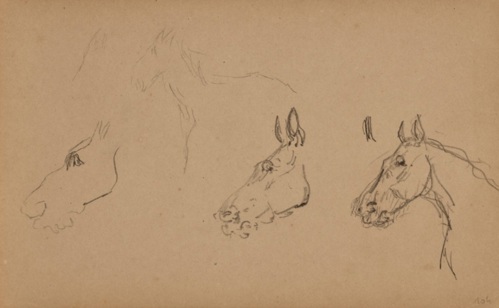
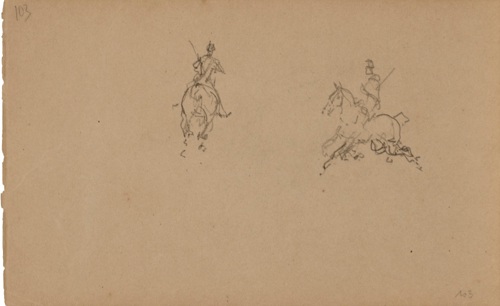
Henri de Toulouse-Lautrec, Études de Têtes de Chevaux (recto); Cavaliers Uhlan (verso)
Jonathan Wateridge’s Three Figures Study
In Jonathan Wateridge’s Three Figures Study (2021), hyperrealism is not a feat of technique. Rather, it is a stage for existential drama. Wateridge, known for his cinematic compositions, often constructs elaborate photographic sets before translating them into paint. His figures emerge as actors caught between rehearsal and performance, their expressions hinting at narratives beyond the frame. The painting may become a meditation on truth and illusion, a question of how we see and what we believe to be real.
Collectors have increasingly turned to Wateridge’s works for their sophisticated engagement with both painting’s history and contemporary culture. Three Figures Study resonates as an artwork that refuses easy interpretation; its ambiguity ensures its endurance. In the market, Wateridge’s meticulous process and limited output make each piece not only collectable but also culturally prescient, as a study of how contemporary figuration can still provoke wonder.
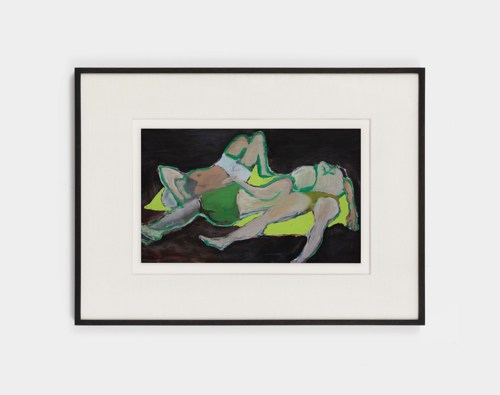
Jonathan Wateridge’s, Three Figures Study, 2021
Haegue Yang’s Non Profit 05 - Trustworthy 181
Haegue Yang’s Non Profit 05 - Trustworthy 181 weaves together industrial materials and emotional resonance in her ongoing exploration of identity, migration, and the invisible systems that govern modern life. Her use of venetian blinds, fans, and sensory objects transforms the banal into the metaphysical as a language of light, motion, and sound.
In this work, Yang continues her meditation on transparency and trust, drawing viewers into a choreography of shadow and reflection. Yang’s practice has made her one of the most intellectually compelling artists of her generation, with institutional recognition across major museums and biennales. Anyone drawn to this piece Non Profit 05 - Trustworthy 181 is to align with a narrative of global relevance and conceptual elegance. Really, it is a piece that redefines minimalism for our time. Its market trajectory reflects both her critical acclaim and the growing appetite for artists who merge material experimentation with philosophical depth.
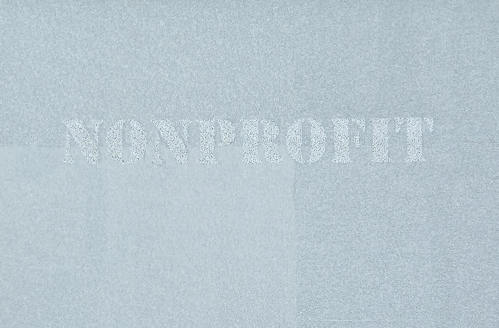
Haegue Yang, Non Profit 05 - Trustworthy 181, 2012
Each of these works — from Ai Weiwei’s subversive wit to Toulouse-Lautrec’s tender draftsmanship, Wateridge’s psychological realism, and Yang’s sculptural poetics — carries more than aesthetic weight. They are touchstones of how artists, across eras, respond to the social and emotional landscapes that shape them. Owning any of these pieces is to participate in that ongoing dialogue, to be a custodian of vision, courage, and
transformation. These works remind us that the most valuable collections are built not only on provenance, but on purpose.
For more info on these works, please contact: roli@artdependence.com or info@artdependence.com